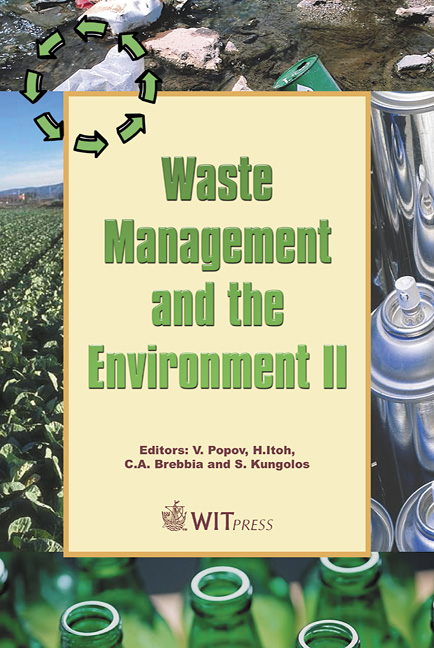Aquaculture Environmental Impact Assessment
Price
Free (open access)
Transaction
Volume
78
Pages
13
Published
2004
Size
265 kb
Paper DOI
10.2495/WM040321
Copyright
WIT Press
Author(s)
L. Molina Domínguez & J. M. Vergara Martín
Abstract
All human activities produce some impact on the surrounding environment, and aquaculture is not an exception, as it utilises natural resources and releases waste into the environment. As the aquaculture sector developed, environmental aspects became of an increasing concern, in parallel with maximum public environmental concern developed from the second half of the 20th century. Up to now, most aquaculture practices have produced little negative effects on the ecosystems, even being beneficial in some cases. However, frequently a deficient management or accidents in aquaculture facilities have been reported to cause negative effects. Potential effects of aquaculture activities include water and sediment quality, and negative impacts on natural populations, landscape, and other pre-existing economical activities. To a great extent, these effects depend upon factors such as type of facilities, geographical location, and produced species. The ultimate origin of this variety of effect consists of a small number of sources, including feeds offered, chemicals, animals excretions, dead animals, and the interactions between cultured and wild animals. Despite the availability of scientifically based monitoring techniques, there is a wide range of different methods presently used for sampling, analysing, and estimating these effects. In addition, there are different assessment approaches, including chemical, ecological, and nutritional. All of these aim to produce models in order to predict this interaction between aquaculture and the environment. Different models have been proposed, from the classic Vollenweider diagrams, to ecometric, and mass balance analyses. Keywords: aquaculture, environmental impact, assessment metodology, modelling.
Keywords
aquaculture, environmental impact, assessment metodology, modelling.





